No need for an expensive rooftent for Tonka for when we take it on expedition. Saved myself a fortune – the roofrack is the exact dimensions required by a 4′ 6″ double mattress. Cheap tarp from B&Q and some bamboo poles later and you’d have a very comfy sleeping area:
Monthly Archive for September, 2011
Audi were recently first out of the blocks with their Audi Urban Concept, now their parent company, Volkswagen, has followed with the VW Nils.
Both are electric vehicles that apparently seek to put the fun back in to urban commuting whilst at the same time addressing both the issue of waste and space occupied by a current 4/5 seater car and it’s typically lone occupant and the issue of style, or rather lack of style which previous attempts to address the first issue have brought about. Witness the Tango.
It provides two seats in a tandem configuration thereby solving the first issue. But it’s horrendously ugly, thereby creating the second issue. It doesn’t matter how much power you can spec. it with, no one in their right mind would really want to be seen in one. Certainly no European, who would at least be used to the diminutive dimensions of the car in comparison to our cousins across the pond. You need something altogether more stylish. I would love to get my hands on the Audi Urban Concept. Keep it light and simple and the need for heavy battery packs to drive heavy motors is avoided.
Another similar solution is being put forward by Gordon Murray, designer of the McLaren F1 supercar:
His attempts to right the carbon footprint wrongs of his F1 supercar have led to this, the T25 & T27:
Seems like two seater, mostly in a tandem configuration, is the way forward as seen slowly but surely by the motoring manufacturers of the world. Why hasn’t this caught on sooner? Probably material science prevented these cars from having the same safety in a crash which we’ve come to expect from our ever heavier and tech laden modern 5 seat car. Or 7 seat SUV. With only one occupant. The writing is on the wall, thank heavens. Small, light, zero emissions and fun must be the way for the majority of commuters in the future.
People often look at electric cars and, at least presently, justifiably level questions at the batteries. The future of transport is definitely electric. The bigger question though is how are we going to reliably generate the electricity needed to power all of this. See MiNukA below.
(Plastic) Chrome chrome go away,
come a back another day.
The owner of this was trying to be funny, ironic, satirical or something. Right? Perhaps the person is in the employ of TomTom. Or that they really really really love their sat nav because they get lost all the time and couldn’t find their own arse with two hands, a torch and a map. That doesn’t explain the exhaust tailpipe (!!!!!!) or the GTI script (courtesy of Volkswagen) above the stuck on word “automatic”. Nor does it explain the fact that the owner of this fine car felt the need to add to Renault’s impressive Euro NCAP safety score by adding a 4th brake light mounted in the rear window. I’m surprised given the very chrome nature of the replacement antenna and the addition of a fake shark fin antenna behind that, that the owner hasn’t popped on some tasty plastic chrome piping. Well done, 4 points for effort, -1 for execution and -50 for style.
And that’s before I mention the chrome number plate surround or the rather large and rather chrome tow hitch cover (about the only thing on the car which serves a reasonably practical purpose).
Torn between my love of Tonka and for G-Wagen’s. They are so cool. This one’s for sale in Limerick at the moment, admittedly not an AMG version but still really nice none the less. It’s a petrol engined one though, with an auto box, so you’ll need to tow a petrol tanker behind you. Looks so much more civilised than Tonkas do, even wearing it’s Bundeswehr green colour scheme. Naff offset on the genuine alloys though.
I recently read an interesting article about district power generation systems. There are obvious benefits to a localised versus a centralised power generation and distribution – for one you avoid the transmission losses associated with channeling all power generated to a centralised distribution hub only to be redistributed, in some cases back to where it came from originally, again incurring transmission losses. We have such a system in place here in Ireland. The efficiency of systems like what we have here in Ireland is approximately 40% if I remember correctly. At any rate it’s a fairly shocking figure. For every 1000 kgs of Coal we put in at the power station, we see only 400 kgs worth out at the plug socket in your house. I was gob smacked when I found out about this. Wind power doesn’t fare any better either only with wind power they talk about installed capacity, ie the rated output from a turbine, presumably under some ideal conditions etc. Not only will you never see 5 kilowatts out of a turbine rated at 5 KW, you then suffer the transmition losses associated with the sending all the generated leccy to the centralised distribution hub. And that’s when the wind blows.
So how about having a decentralised system with power generated locally where it is consumed using much smaller power stations. Any excess generated power can be fed in to the grid or any shortfall can be met from the grid. But predominantly the area surrounding the power generation facility consumes the power generated there. There could be other benefits such as a district heating system (like what we see in the nordic countries). Such a system would require predictability if it was to ensure that only a minimum of power would need to be imported from the grid in the event of a surplus. Therefore wind alone would not work. Hydro might, afterall there are apparently over 6000 known water mill sites in Ireland, so if it was good enough in the past to mill corn/drive machinery/etc. perhaps we could use it again as a resource to generate power? Fossil fuels while reliable in terms of providing an energy source is not sustainable and in the long term is not reliable. Bio-mass and or biofuels could also be used and will certainly become more economically viable as the price of traditional fossil fuels continues to rise. How about nuclear? There have been several key advances in this technology, minimising the waste and hazards associated with this type of generation. Thorium, MSR etc. Here’s where the interesting article comes in though. Look at all of the military vessels sailing the seas which are powered by small, sealed, self contained nuclear power plants. They’re good for a few decades use between refuelling, are built in a factory (so quality control can be maintained) and delivered as a module. With the fall off in military spending several manufacturers are turning to power generation for homes and businesses. If the gen IV advances in reactor design were applied to these sealed modules, it could possibly provide small scale nuclear power suitable for a district combined heat and power system which was relatively safe (I’m not going to catagorically state that it’d be perfectly safe) and much cheaper than a conventional nuclear power plant, of which we’d need at least 2 in Ireland to provide redundancy and backup in the event that one needed to be shut down.
These modules would be miniature nuclear devices. Mini Nukes. Or to give it a snappy, modern name, MiNuks. The manufacturer’s first series of commercially viable examples could, conceivably, be designated the A Series. Giving us the MiNukA. Unluckily for the New Zealand Honey industry perhaps, I’m sure the Manuka honey producers would be at pains to differentiate the name of their wonderful honey from a small nuclear device.
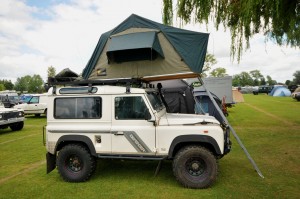
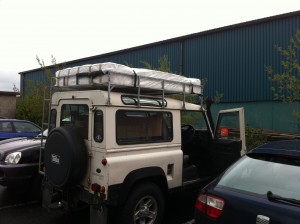
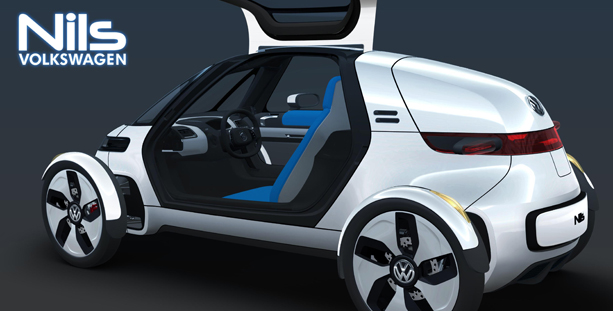
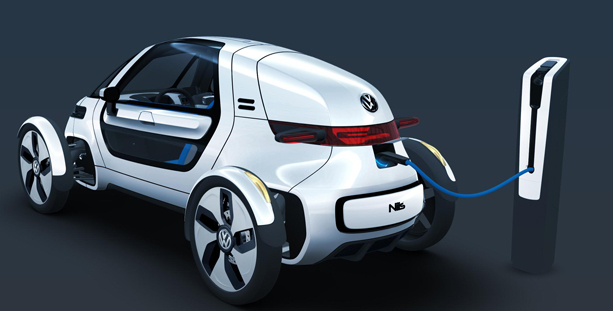
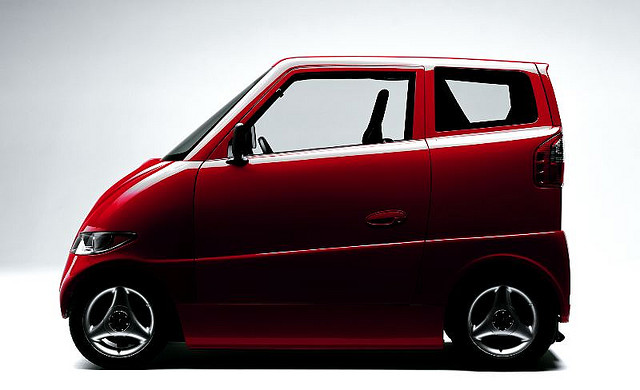
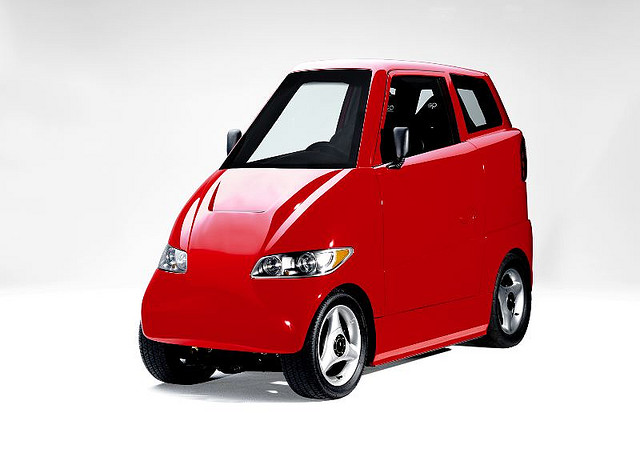
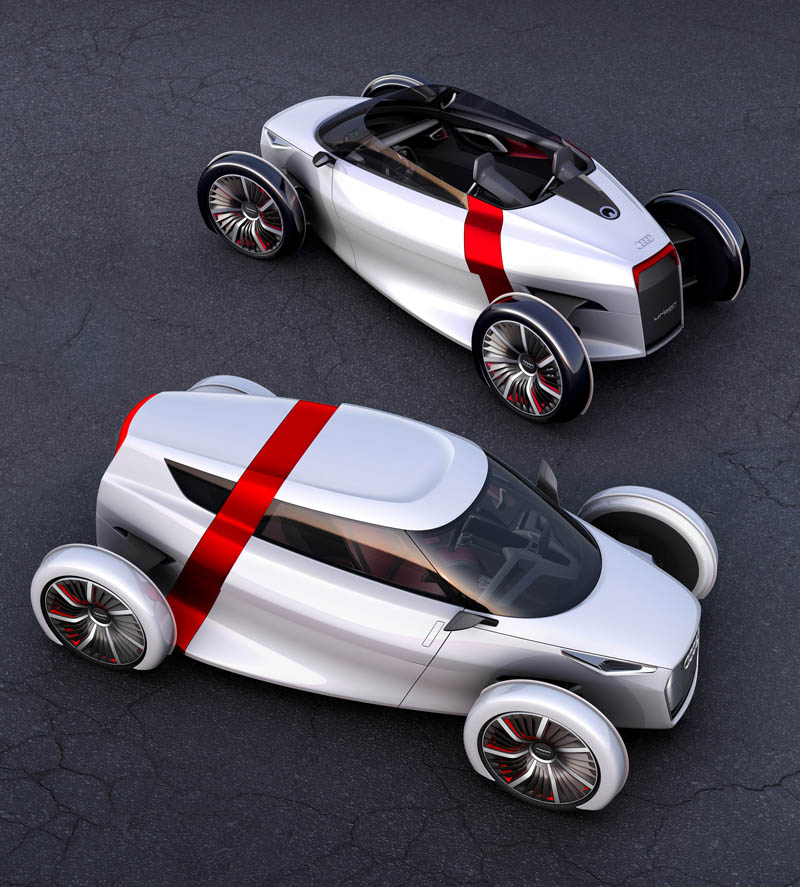
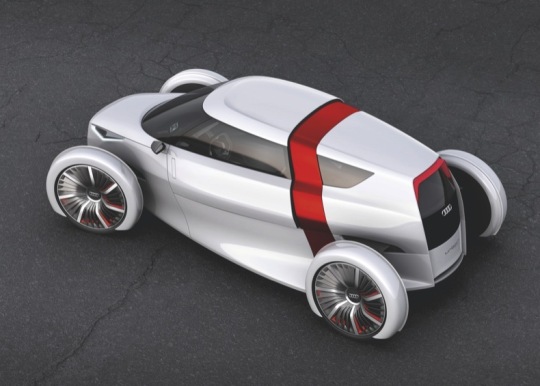
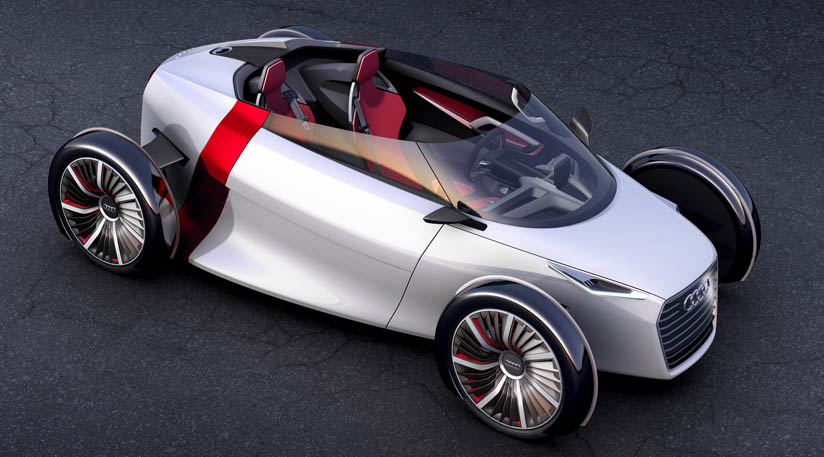
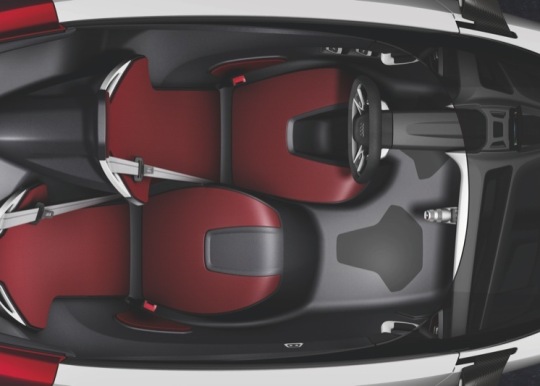
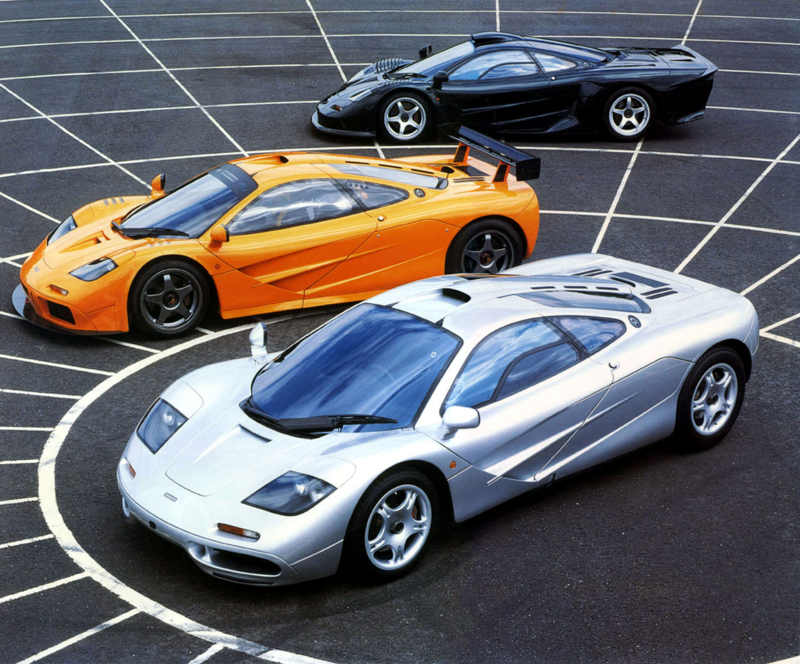
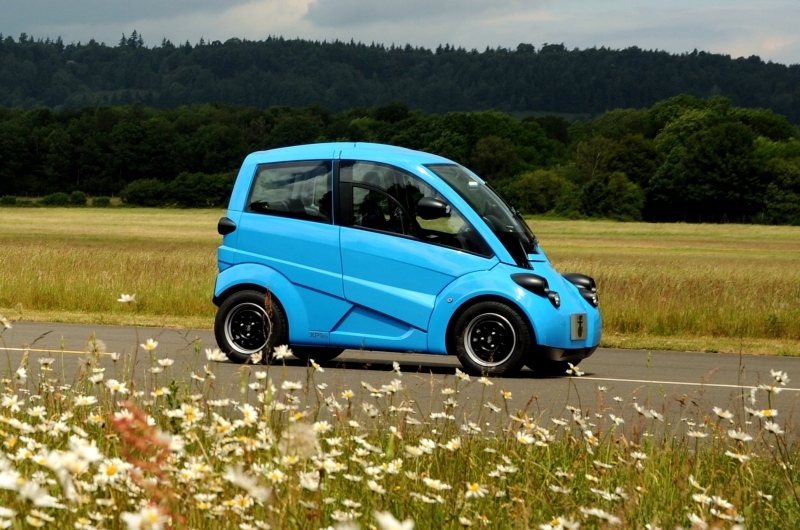
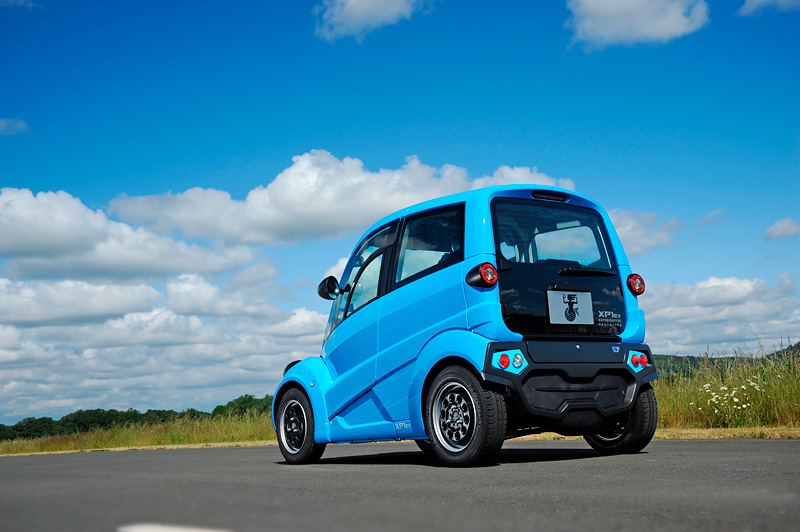
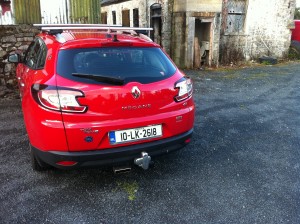
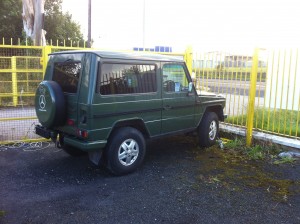
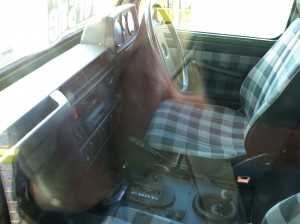
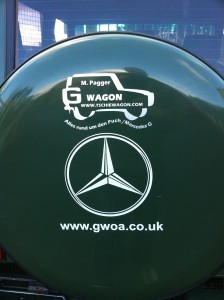
Recent Comments